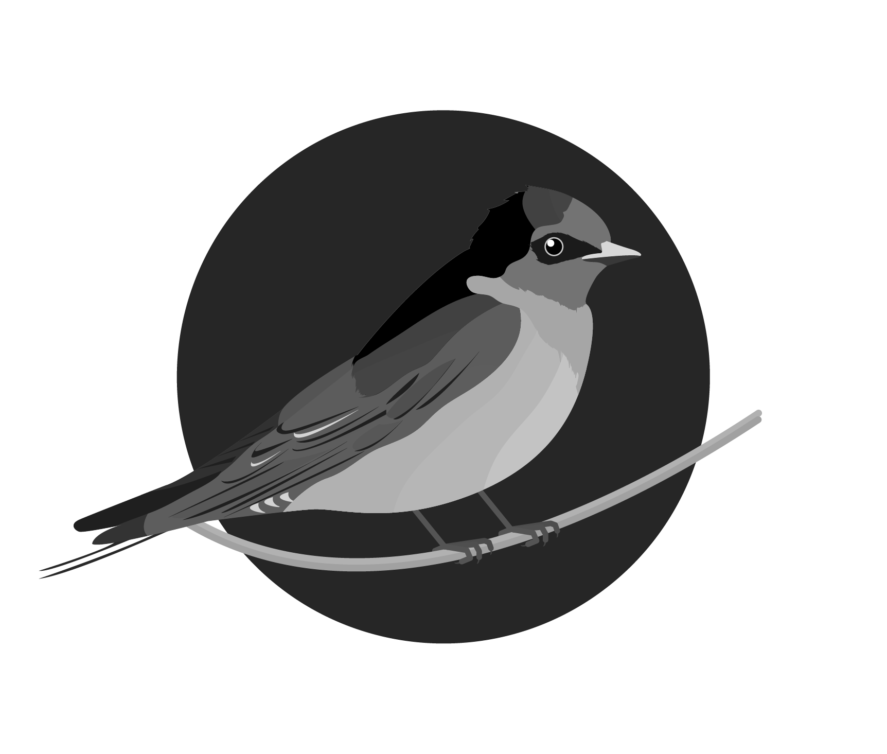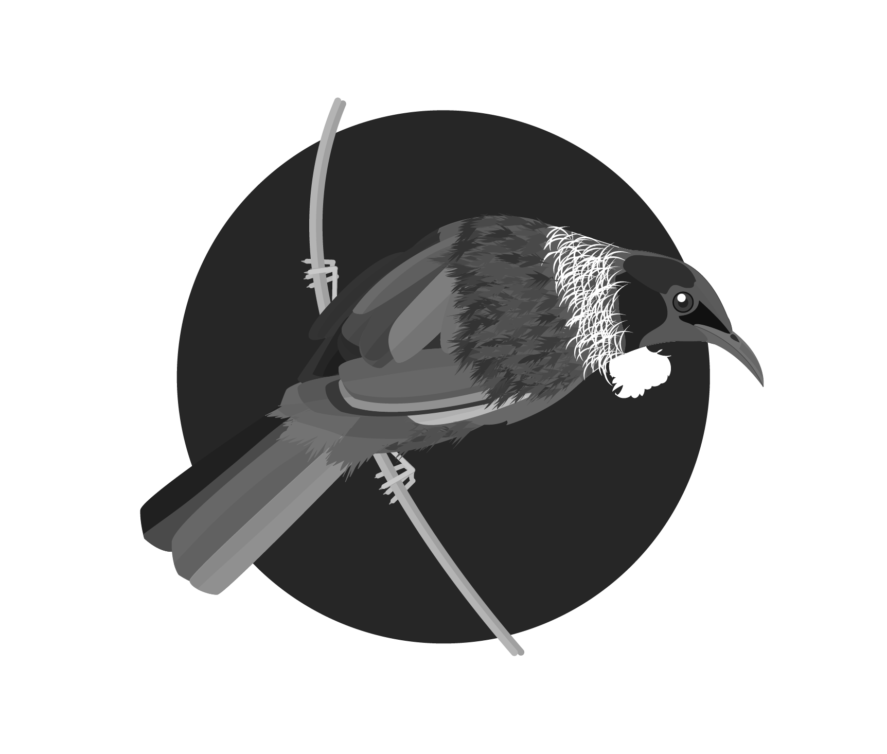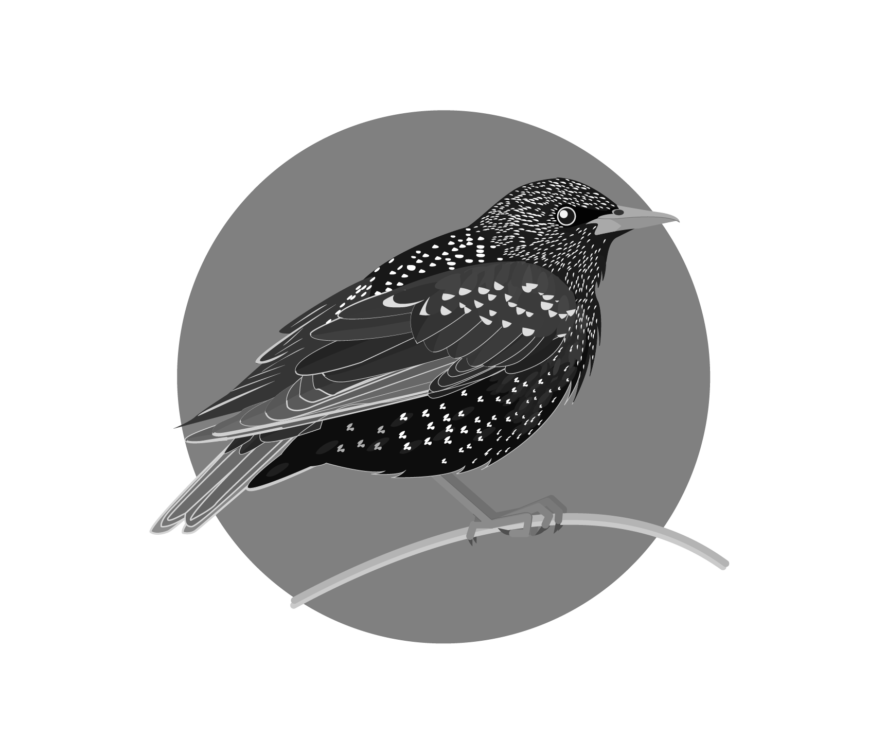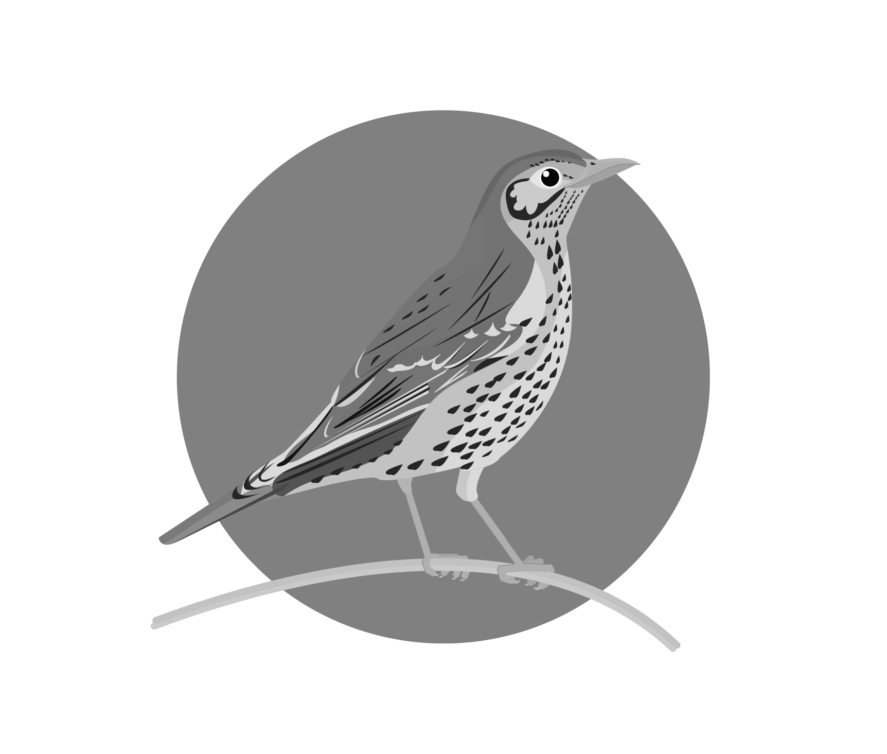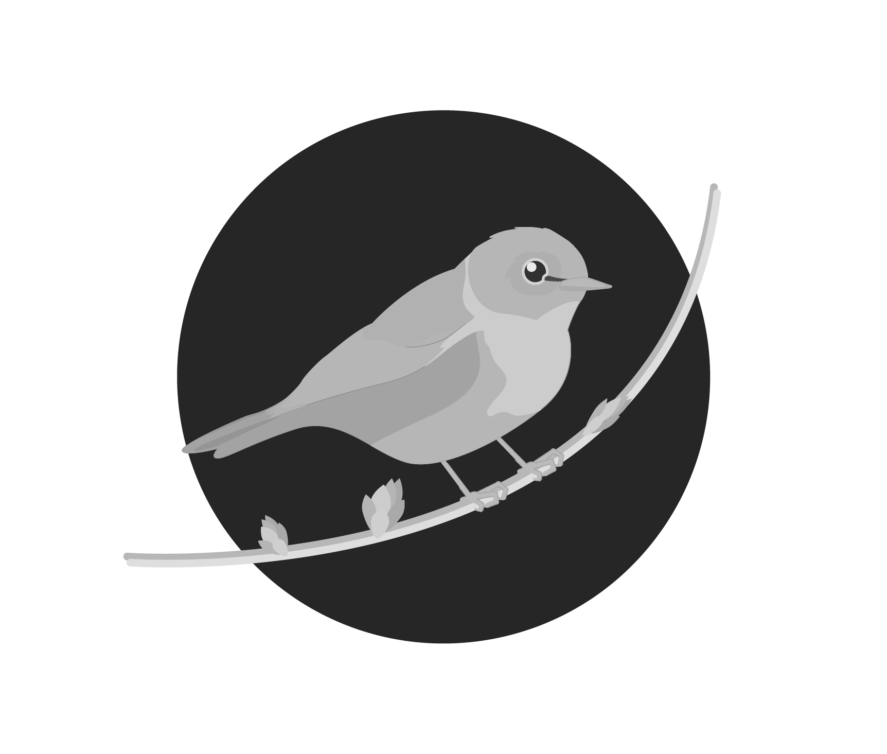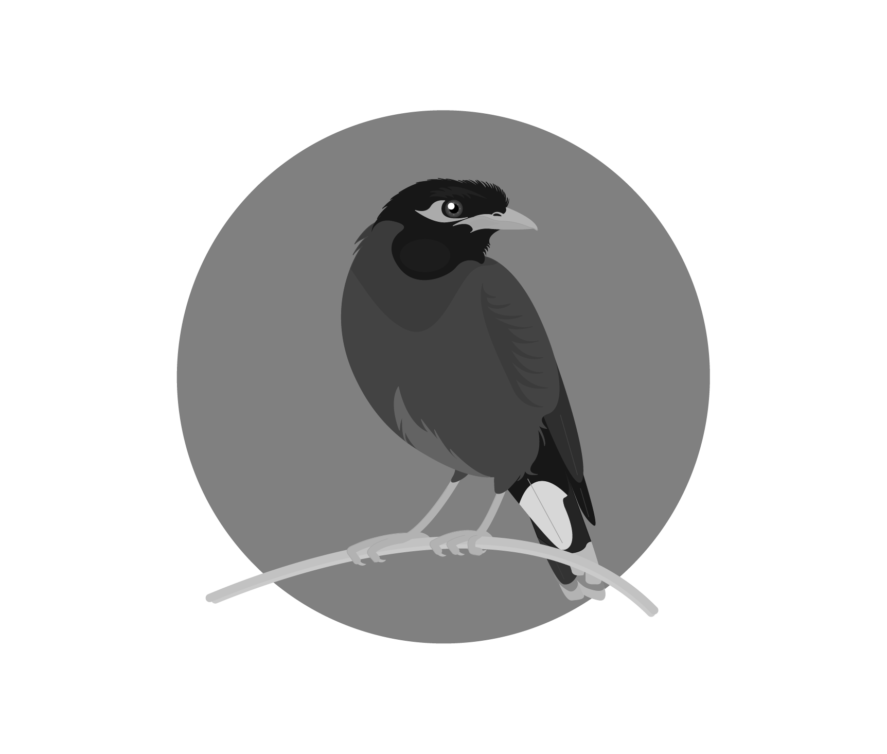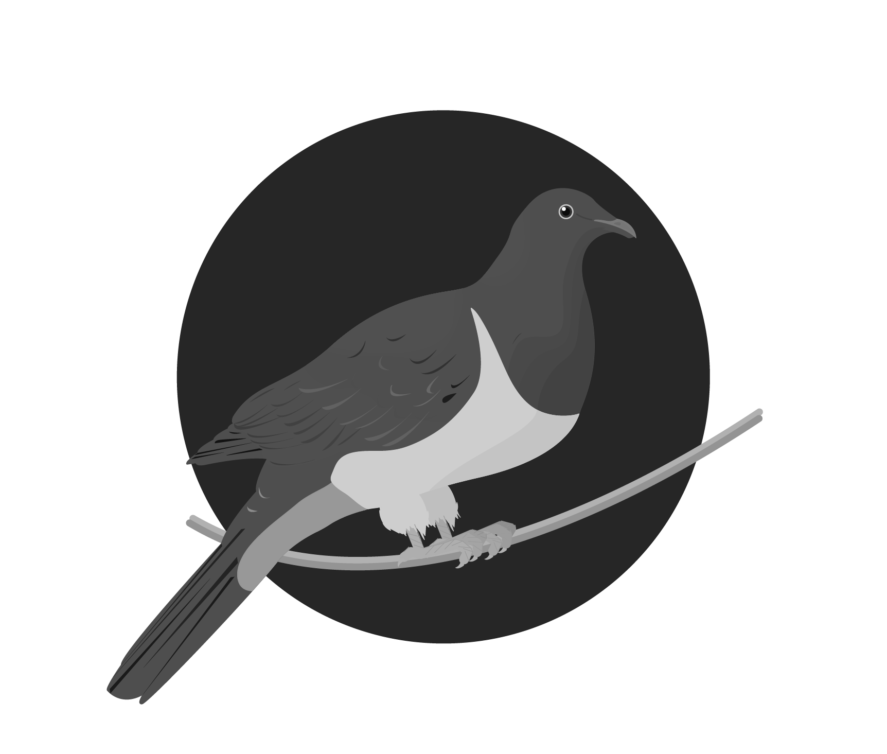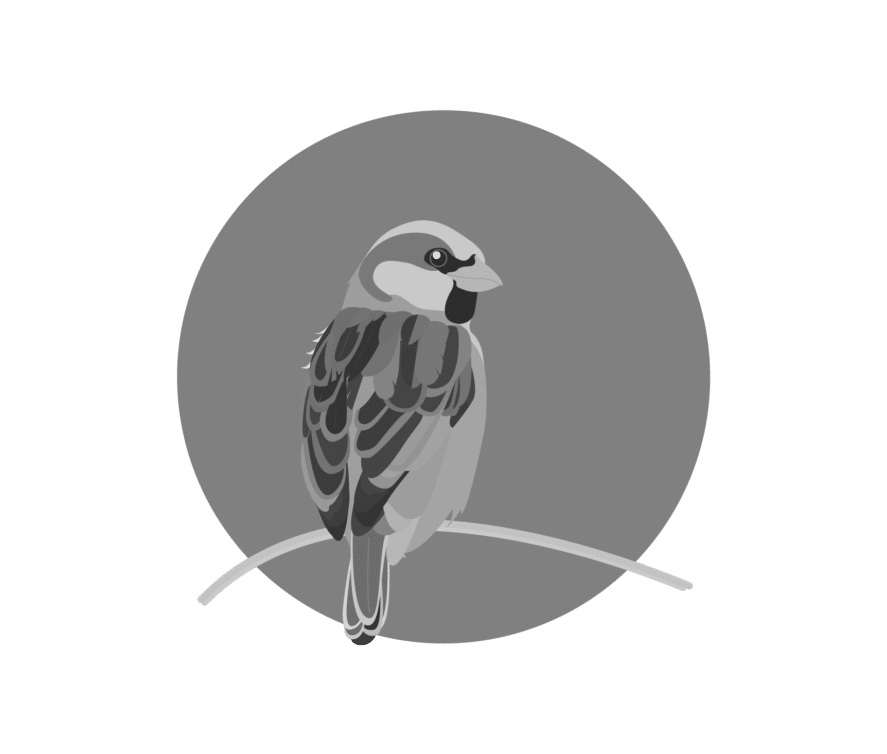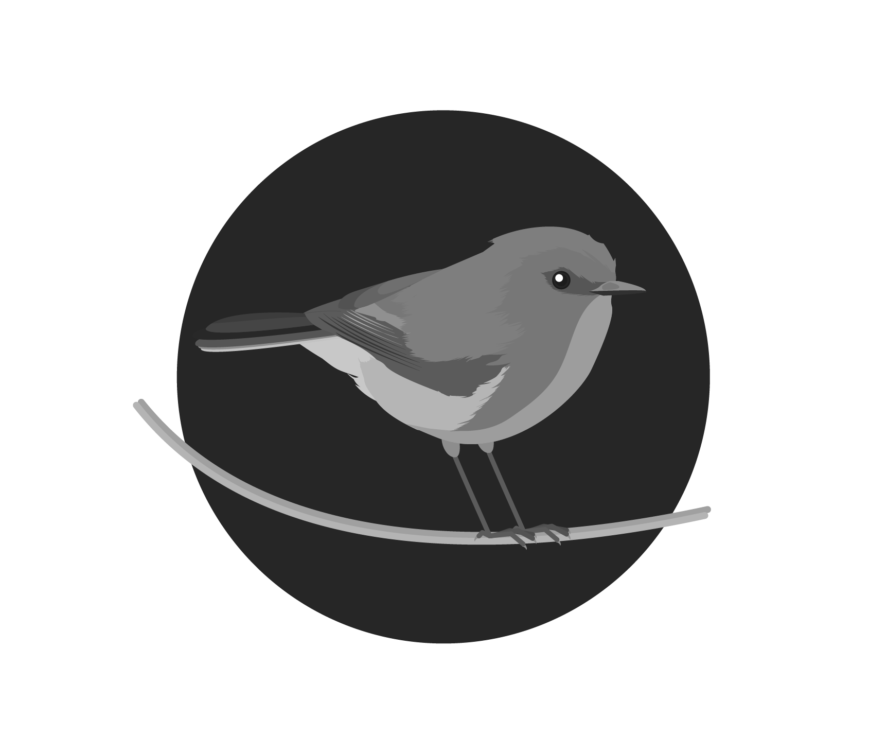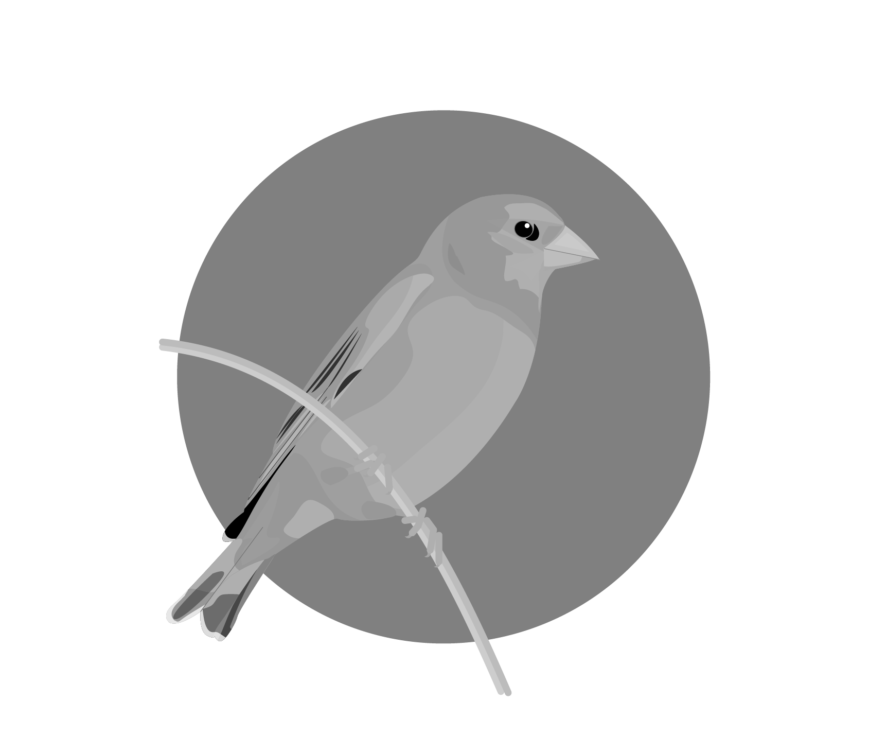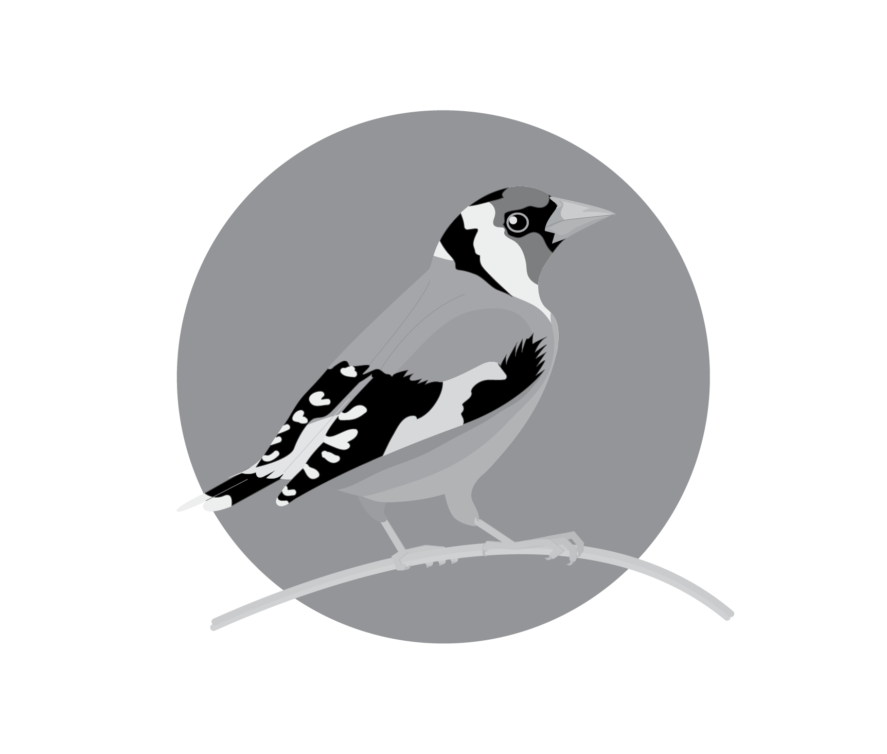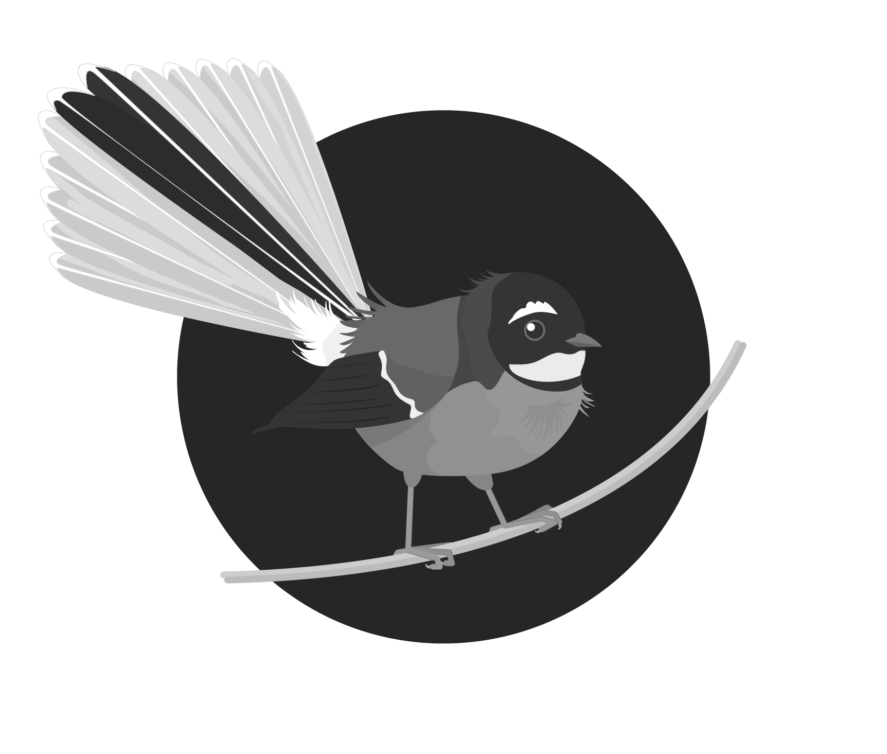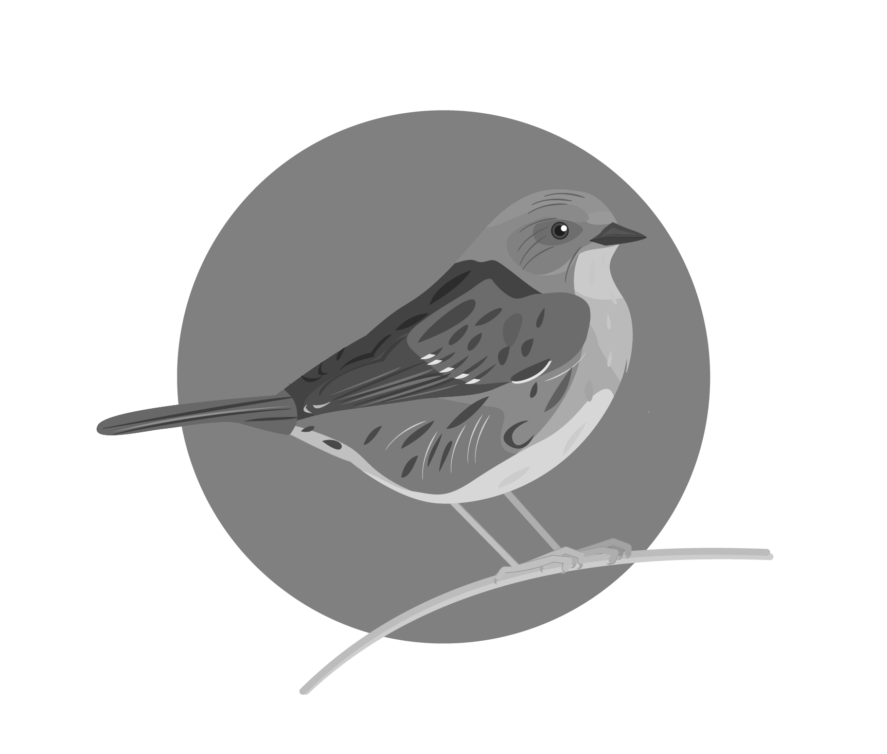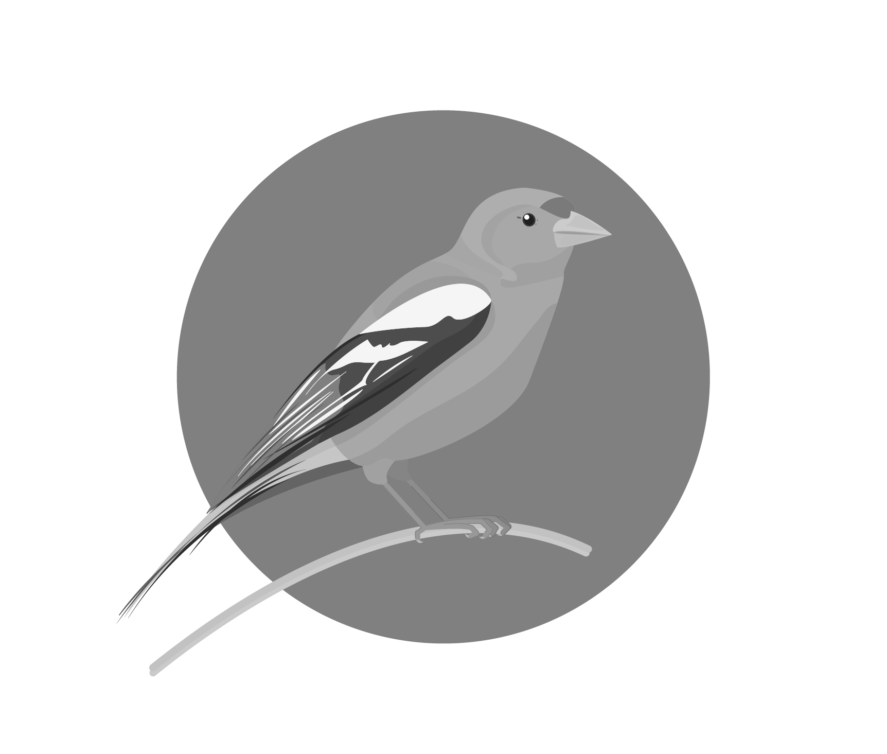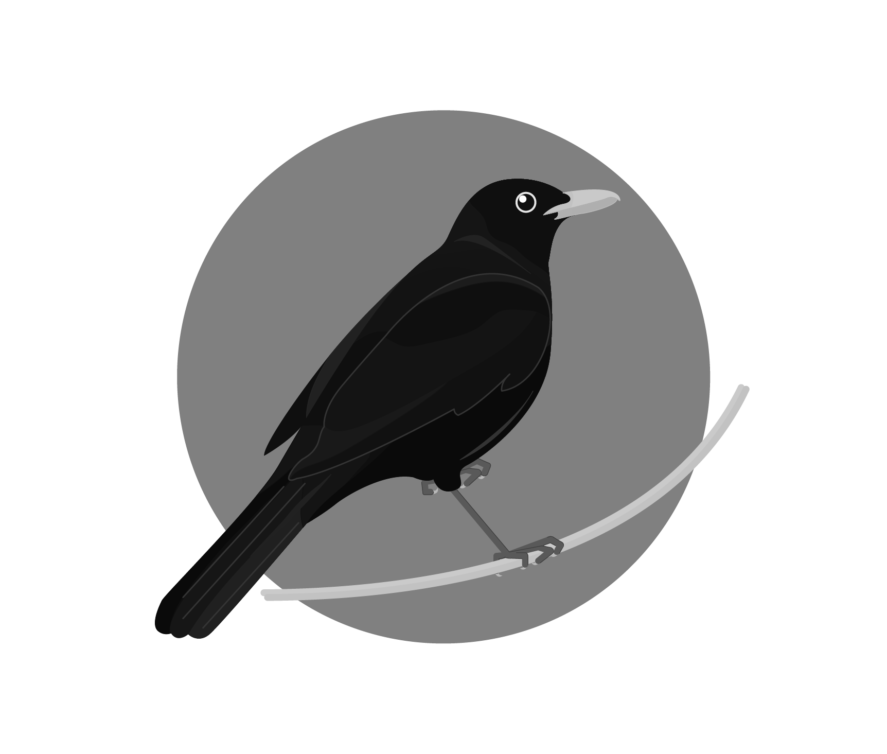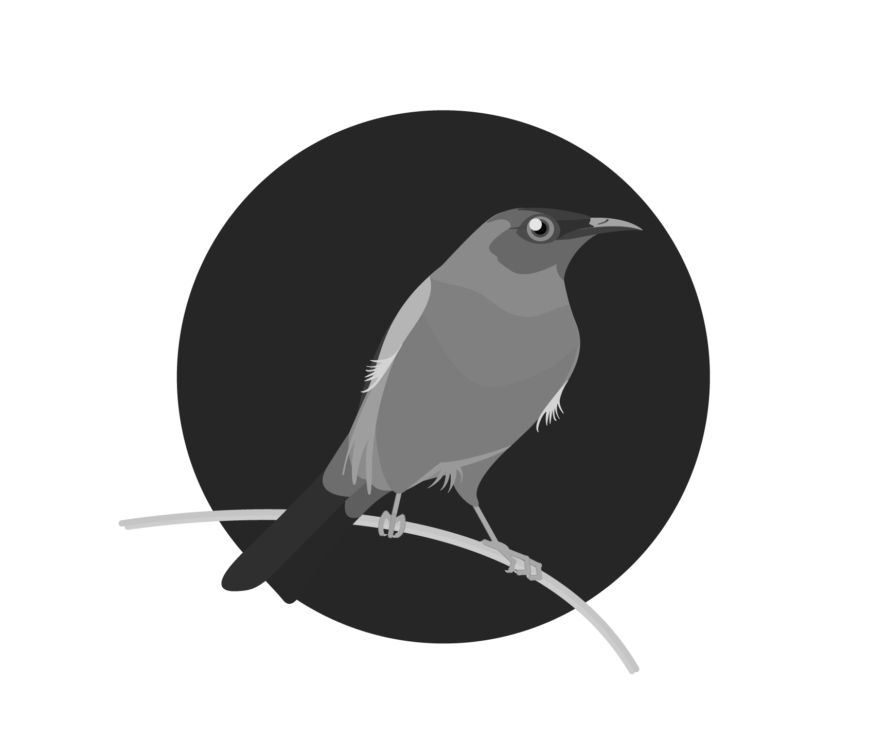-
Troppo Plant & Garden Articles
- Te Puke Region
- TROPPO’s Food Forest in Te Puke, BOP (www,foodforest.org.nz)
- Troppo’s Plant Collection
- TROPPO's Nursery Directory
- Food Forests of New Zealand (www.foodforests.nz)
- Nursery Map - Plant Suppliers of NZ Directory (www.nurserymap.nz)
- Kids Garden Corner
- New Zealand Garden Bird Survey
- New Zealand Garden Groups
- Delicious Recipes
20
Jul
Welcome Swallow
The Graceful Welcome Swallow of New Zealand
The Welcome Swallow (Hirundo neoxena) is a small, agile bird that has become a familiar sight in New Zealand's skies. Originally from Australia, the Welcome Swallow began establishing itself in New Zealand in the 20th century and is ...

